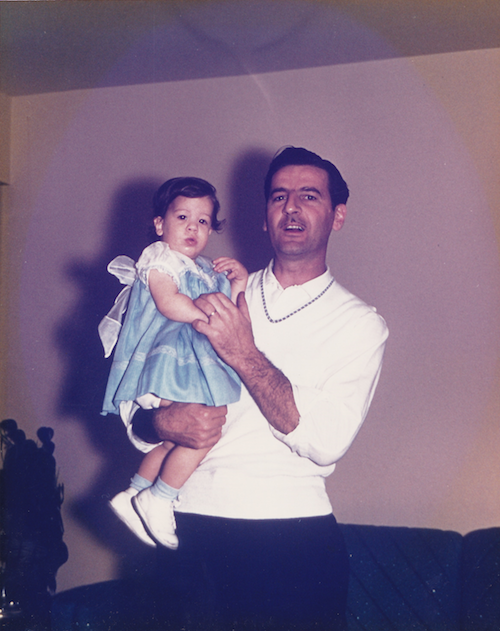The Story Behind the Book
I’m not sure if I ever know precisely why I’m writing anything—from a micro flash essay to this much longer book: I only know that I must write it. That the writing of it won’t let me go until I find the words, make progress and, eventually, finish—however long that takes, however messy that becomes, wherever I end up (often not where I thought!).
Perhaps that’s a bit of a hedge answer. But it’s the truth as I understand it. We often define memoir in just that way: the truth as the author understands it. I see what drove me to write the book as a need to record the truth as I understood it. That doesn’t mean I’m right. Only that I had to write.
And yet, there must be more to it than that.
In the beginning, I didn’t know I was writing a book. I was simply (not to say easily), doing what has always come naturally to me: recording slices of the story of a certain time in my life. Trying to extract some meaning from it all. For a few years, the writing was in the form of essays mostly, sent off to, and published, in journals, websites, and magazines. But eventually, something larger emerged, or wanted to. Like my father’s visit after he died, I got the sense that I had to pay attention to this thing that was bigger than its parts.
When something momentous happens in my life—or even just more than slightly upsetting—I tend to get quiet, keep things in, brood. My husband says I “go away” at those times. It’s true. I go to that place in my head where I’m writing, even if my hands are still, no notebook or keyboard in sight. I go to where I try to make sense of things. Then, when I’m ready, I write. I write, as one of my writing idols Joan Didion once said of her own process, “…entirely to find out what I'm thinking, what I'm looking at, what I see and what it means. What I want and what I fear.”
What I wanted to understand, is what it meant that after my father died, I suddenly saw that the reason my father and I seemed to so often be at odds during his life, was because we were in fact, so much alike. I feared this was because I frequently pushed him aside and didn’t make the effort to understand him while he was here, and what I was looking at—by the time he’d died—was the pain of knowing I could have done better.
But it wasn’t as simple as writing to resolve untethered guilt or a failure to “make peace” or find “closure” (whatever that means). What complicated the issue was that in between and among and intertwined with the drive to write toward meaning, was that my father simply would not go away. His insistent, post-mortem, absent presence in my life, quite frankly, was driving me a bit nuts, pushing me into that territory where I can only “go away”—and write.
Once that intense period—of a few years—waned, and Dad ceased to be hanging around, no longer warming me with his gaze, every day, or week, then I continued still to come to the page. I wanted to unravel the experience, and perhaps to linger in it too. In retrospect, I suppose I had determined that if I was writing about how I had reconnected to my father after his death, then perhaps I could keep him alive.
Which of course, is what happened: even though someone has died, the relationship continues, it’s alive. That didn’t happen because I wrote, however. That’s the part I think is possible, and true, for everyone. It’s not too late to discover that parent you found more challenging in life. Maybe that’s why I wrote the book, to share that discovery with others who, like me, might have lost a parent they longed to know better.
To write and say, it’s not too late.

